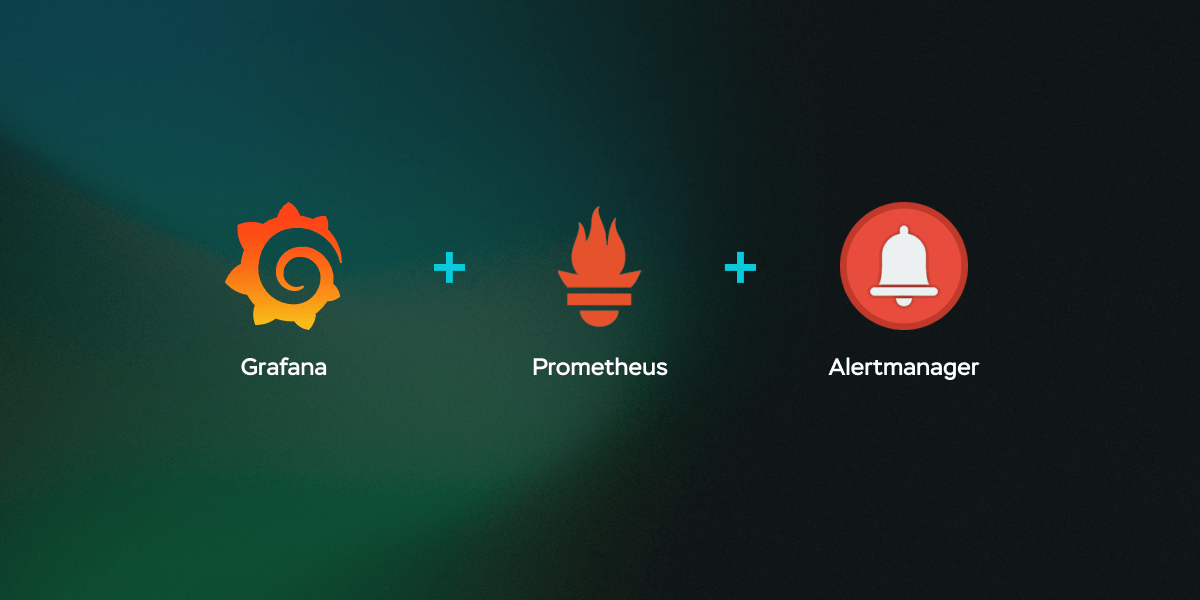薛定谔的猫
Schrodinger’s cat
薛定谔的猫
Austrian physicist Erwin Schrödinger is one of the founders of quantum mechanics, but he’s most famous for something he never actually did: a thought experiment involving a cat.
奥地利物理学家埃尔温·薛定谔是量子力学的创始人之一,但他最为人所知的却是他从未真正实施过的一件事:一个涉及一只猫的思维实验。
He imagined taking a cat and placing it in a sealed box with a device that had a 50% chance of killing the cat in the next hour. At the end of that hour, he asked, “What is the state of the cat?”
他设想了一只猫,并将其放入一个密封的盒子中,盒子里有一个装置,这个装置有50%的几率在下一个小时内杀死猫。在那一小时结束时,他问道:“猫的状态如何?”
Common sense suggests that the cat is either alive or dead, but Schrödinger pointed out that according to quantum physics, at the instant before the box is opened, the cat is equal parts alive and dead, at the same time.
常识告诉我们,猫要么活着要么死了,但薛定谔指出,根据量子物理学,在盒子打开前的瞬间,猫同时处于既活着又死了的状态。
It’s only when the box is opened that we see a single definite state.
只有当盒子被打开时,我们才能看到一种确定的状态。
Until then, the cat is a blur of probability, half one thing and half the other.
在此之前,猫是一种概率的模糊状态,一半是这样,一半是那样。
This seems absurd, which was Schrödinger’s point.
这听起来很荒谬,这正是薛定谔想要表达的观点。
He found quantum physics so philosophically disturbing, that he abandoned the theory he had helped make and turned to writing about biology.
他发现量子物理学在哲学上如此令人不安,以至于他放弃了参与创立的理论,转而开始撰写关于生物学的文章。
As absurd as it may seem, though, Schrödinger’s cat is very real. In fact, it’s essential.
尽管这可能看起来很荒谬,但薛定谔的猫却是非常真实的。实际上,它至关重要。
If it weren’t possible for quantum objects to be in two states at once, the computer you’re using to watch this couldn’t exist.
如果量子物体不可能同时处于两种状态,那么您用来观看这个的计算机就无法存在。
The quantum phenomenon of superposition is a consequence of the dual particle and wave nature of everything.
量子现象中的叠加态是万物兼具粒子性和波动性的结果。
In order for an object to have a wavelength, it must extend over some region of space, which means it occupies many positions at the same time.
为了使一个物体具有波长,它必须在空间中扩展一定的区域,这意味着它同时占据了许多位置。
The wavelength of an object limited to a small region of space can’t be perfectly defined, though.
然而,一个被限制在空间小区域内的物体的波长是无法被精确定义的。
So it exists in many different wavelengths at the same time.
因此,它同时存在于许多不同的波长中。
We don’t see these wave properties for everyday objects because the wavelength decreases as the momentum increases.
我们不会在日常物体中看到这些波动性质,因为波长会随着动量的增加而减小。
And a cat is relatively big and heavy.
而猫相对较大且重。
If we took a single atom and blew it up to the size of the Solar System, the wavelength of a cat running from a physicist would be as small as an atom within that Solar System.
如果我们把一个原子放大到太阳系那么大,那么一只猫从物理学家那里逃跑的波长就会像那个太阳系中的原子一样小。
That’s far too small to detect, so we’ll never see wave behavior from a cat.
这太小了,以至于无法检测到,所以我们永远不会看到猫表现出波动行为。
A tiny particle, like an electron, though, can show dramatic evidence of its dual nature.
然而,像电子这样的微小粒子,可以显著地展示其双重性质。
If we shoot electrons one at a time at a set of two narrow slits cut in a barrier, each electron on the far side is detected at a single place at a specific instant, like a particle.
如果我们一次向一个屏障上切出的两个狭缝射击电子,远处的每个电子都会在特定的瞬间在单个位置被检测到,就像一个粒子一样。
But if you repeat this experiment many times, keeping track of all the individual detections, you’ll see them trace out a pattern that’s characteristic of wave behavior: a set of stripes - regions with many electrons separated by regions where there are none at all.
但是,如果您多次重复这个实验,并记录下所有单个检测点,您会看到它们描绘出一个典型的波动行为模式:一组条纹——许多电子集中的区域与完全没有电子的区域相间隔。
Block one of the slits and the stripes go away.
如果阻挡其中一个狭缝,条纹就会消失。
This shows that the pattern is a result of each electron going through both slits at the same time.
这表明这个图案是每个电子同时通过两个狭缝的结果。
A single electron isn’t choosing to go left or right but left and right simultaneously.
单个电子不是选择向左或向右,而是同时向左和向右。
This superposition of states also leads to modern technology.
这种状态的叠加也导致了现代技术的产生。
An electron near the nucleus of an atom exists in a spread out, wave-like orbit.
原子核附近的电子存在于一个扩散开的、类似波动的轨道上。
Bring two atoms close together, and the electrons don’t need to choose just one atom but are shared between them.
当两个原子靠得很近时,电子不必只选择一个原子,而是在它们之间共享。
This is how some chemical bonds form.
这就是一些化学键形成的方式。
An electron in a molecule isn’t on just atom A or atom B, but A+ B.
分子中的电子不仅仅在原子A或原子B上,而是在A和B之间。
As you add more atoms, the electrons spread out more, shared between vast numbers of atoms at the same time.
当您添加更多原子时,电子会扩散得更广,同时被大量原子共享。
The electrons in a solid aren’t bound to a particular atom but shared among all of them, extending over a large range of space.
固体中的电子不是绑定在特定的原子上,而是被所有原子共享,扩展在广阔的空间范围内。
This gigantic superposition of states determines the ways electrons move through the material, whether it’s a conductor or an insulator or a semiconductor.
这种巨大的状态叠加决定了电子在材料中的运动方式,无论是导体、绝缘体还是半导体。
Understanding how electrons are shared among atoms allows us to precisely control the properties of semiconductor materials, like silicon.
理解电子如何在原子之间共享,使我们能够精确控制半导体材料(如硅)的性质。
Combining different semiconductors in the right way allows us to make transistors on a tiny scale, millions on a single computer chip.
以正确的方式组合不同的半导体,使我们能够在微小的尺度上制造晶体管,单个计算机芯片上可以有数百万个。
Those chips and their spread out electrons power the computer you’re using to watch this video.
正是这些芯片及其分散的电子为您正在观看这个视频的计算机提供了动力。
An old joke says that the Internet exists to allow the sharing of cat videos.
一个老笑话说道,互联网的存在就是为了允许分享猫的视频。
At a very deep level, though, the Internet owes its existence to an Austrian physicist and his imaginary cat.
然而,在更深层次上,互联网的存在归功于一位奥地利物理学家和他的虚构猫。


